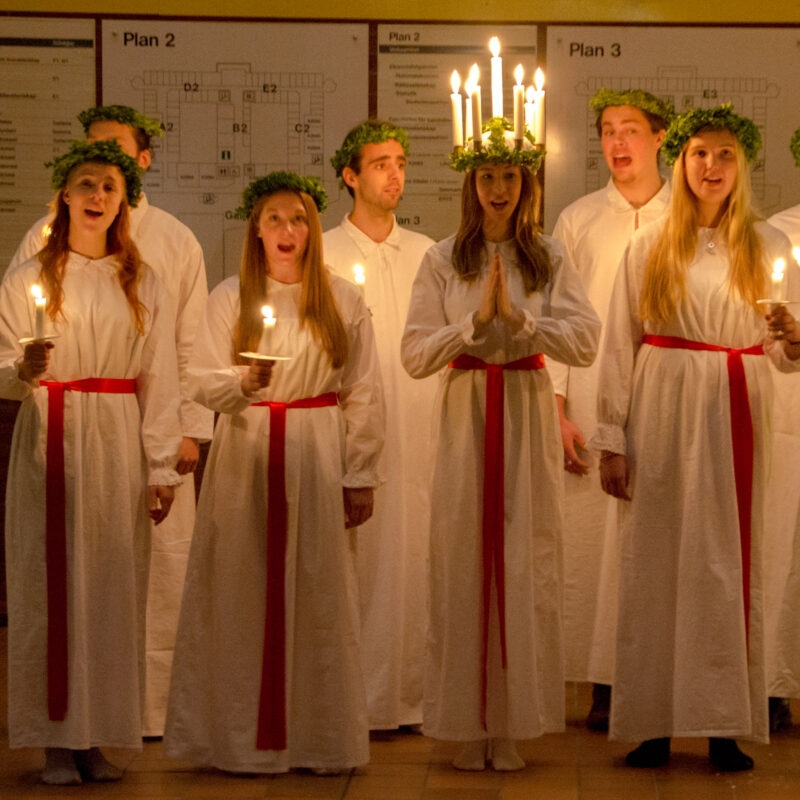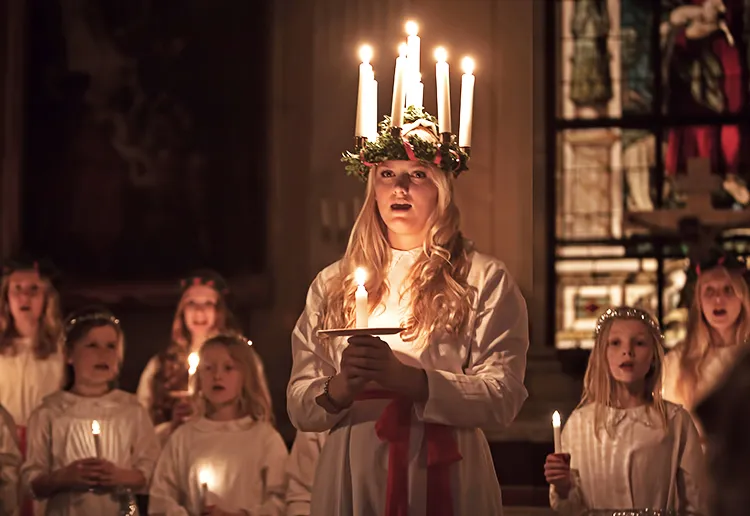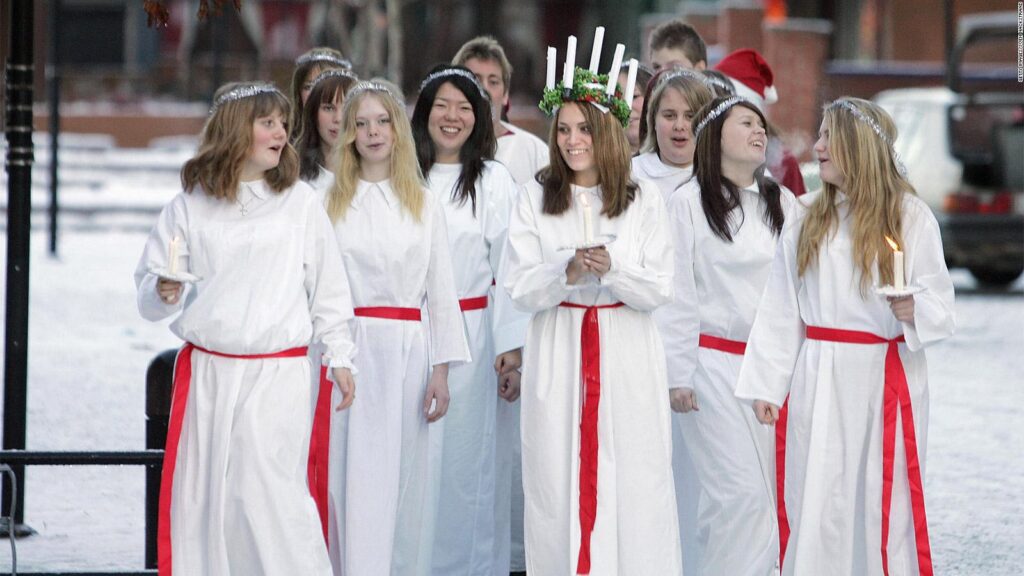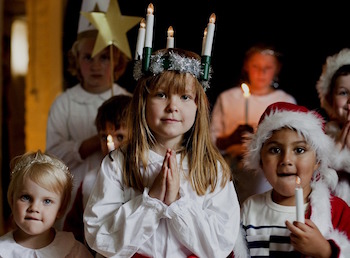The most memorable day of the year is St. Lucia’s Day. Which is as essential to Scandinavia as glögg and herring. The 400-year-old celebration is explained in detail here.
St. Lucia’s Day, a yearly festival based on tales of how Christianity was introduced to Sweden. Is one of the major holidays in December (apart from Christmas).
The yearly celebration of St. Lucia’s Day fills towns with ambiance and pleasure. And is now celebrated as widely in some areas of Scandinavia as midsummer and crayfish celebrations. You’re in for a treat if you’re fortunate enough to go to Sweden, Denmark, or portions of Finland in December.
Here is all the information you want for St. Lucia’s Day.

St. Lucia’s Day: What is it, and how did it start?
The holiday known as St. Lucia’s Day (also known as Sankta Lucia) honours St. Lucia. A young Christian martyr who died for her religion. Legend has it that St. Lucia would covertly provide food to Christians who were sheltering in Roman tombs under the city. So that she could carry items with both hands free, she would light her path with candles carried in a wreath on her head.

St. Lucia’s Day is celebrated on what day?
In certain regions of the Nordic region, St. Lucia’s Day is among the greatest holidays in December—after Christmas. The Winter Solstice on the ancient Julian calendar, which was in use at the time the holiday was created, falls on December 13, which was also the shortest day of the year.
Folklore said that the long night in between was perilous, with evil spirits stalking the streets. Feasts are so intimately connected with the holiday today because remaining awake became crucial, which was made possible by eating (more on that soon).

How is the day of St. Lucia celebrated?
You can count on seeing churches, town halls, schools, workplaces, and restaurants turn into a sparkling sea of candlelight on St. Lucia’s Day.
A Lucia train (Luciatg) procession is held to honour the occasion, and a young girl chosen to represent St. Lucia leads the route while donning a white gown, scarlet ribbon, and candle-topped crown. She is followed by candle-carrying gingerbread men (pepparkaksgubbar), star lads (stjärngossar), and Lucia handmaidens (tärnor).
The custom has its roots in the ancient legend of Lucia, who used candles to guide her as she brought food to the persecuted Christians.

What are the primary Saint Lucia’s Day customs?
St. Lucia’s major gift was food in addition to being the “carrier of light.” This is reflected in the festivals of today, when Scandinavians indulge in sweet sweets.
The main dishes are gingerbread cookies and lussekatter (or lussebullar), an S-shaped saffron bun with raisins scattered throughout. Since the raisins are customary in Sweden, there is much dispute over whether to include them or not. All of this is followed by glögg or mugs of coffee.
Candlelight and the buzz of choir music accompany the procession. The most well-known song is “Sankta Lucia,” which many Scandinavians can recite word for word.
